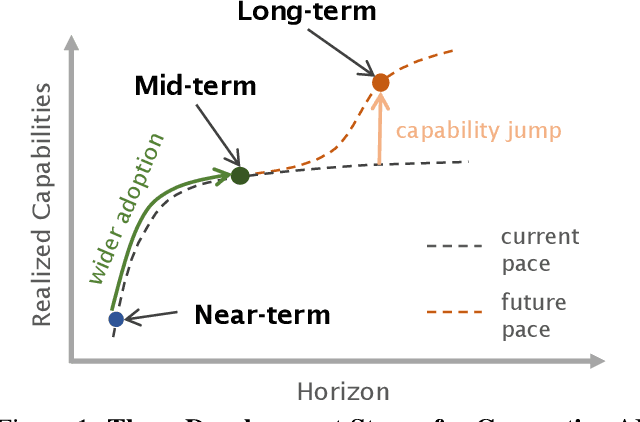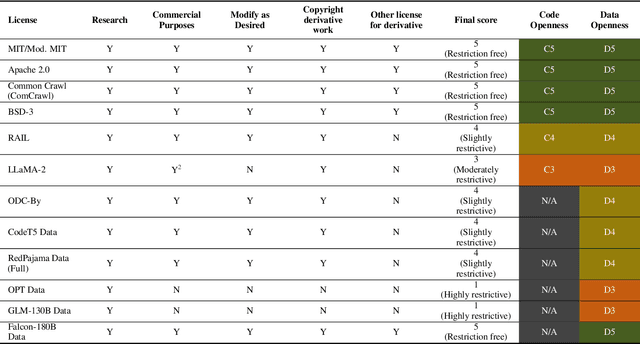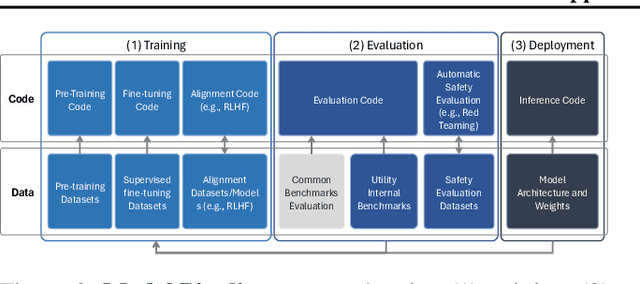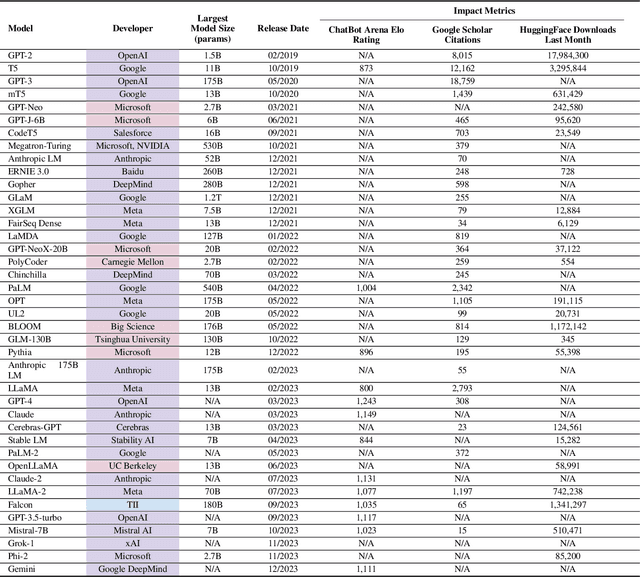Yong Suk Lee
Do Multimodal Large Language Models Understand Welding?
Mar 18, 2025Abstract:This paper examines the performance of Multimodal LLMs (MLLMs) in skilled production work, with a focus on welding. Using a novel data set of real-world and online weld images, annotated by a domain expert, we evaluate the performance of two state-of-the-art MLLMs in assessing weld acceptability across three contexts: RV \& Marine, Aeronautical, and Farming. While both models perform better on online images, likely due to prior exposure or memorization, they also perform relatively well on unseen, real-world weld images. Additionally, we introduce WeldPrompt, a prompting strategy that combines Chain-of-Thought generation with in-context learning to mitigate hallucinations and improve reasoning. WeldPrompt improves model recall in certain contexts but exhibits inconsistent performance across others. These results underscore the limitations and potentials of MLLMs in high-stakes technical domains and highlight the importance of fine-tuning, domain-specific data, and more sophisticated prompting strategies to improve model reliability. The study opens avenues for further research into multimodal learning in industry applications.
Near to Mid-term Risks and Opportunities of Open Source Generative AI
Apr 25, 2024



Abstract:In the next few years, applications of Generative AI are expected to revolutionize a number of different areas, ranging from science & medicine to education. The potential for these seismic changes has triggered a lively debate about potential risks and resulted in calls for tighter regulation, in particular from some of the major tech companies who are leading in AI development. This regulation is likely to put at risk the budding field of open source Generative AI. We argue for the responsible open sourcing of generative AI models in the near and medium term. To set the stage, we first introduce an AI openness taxonomy system and apply it to 40 current large language models. We then outline differential benefits and risks of open versus closed source AI and present potential risk mitigation, ranging from best practices to calls for technical and scientific contributions. We hope that this report will add a much needed missing voice to the current public discourse on near to mid-term AI safety and other societal impact.
 Add to Chrome
Add to Chrome Add to Firefox
Add to Firefox Add to Edge
Add to Edge